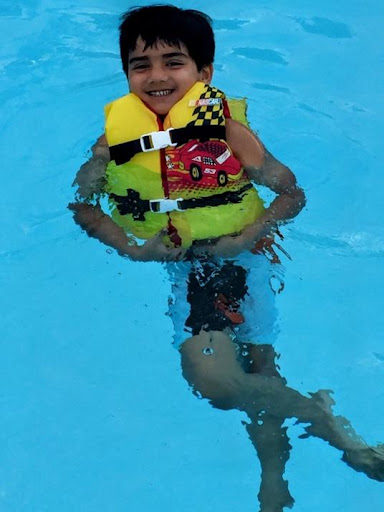What is Aquatic Therapy?
Aquatic therapy, also known as hydrotherapy or aquatic rehabilitation, is a form of physical therapy or occupational therapy that takes place in pool or another aquatic environment.
Does My child need Aquatic Therapy?
Aquatic therapy is particularly beneficial for children, as it can be a fun and engaging way to address physical, sensory, and emotional challenges. Aquatic therapy is a great alternative to land-based therapy to help children meet strength, range of motion/flexibility, balance, coordination, endurance, and walking goals. The buoyancy of the water helps reduce human body weight and allows children to move in ways they simply cannot on land.

Goals of Aquatic Therapy
The specific goals of aquatic therapy for children can vary depending on their individual needs. Some common objectives include:
- Improving strength, balance, and coordination.
- Enhancing range of motion and flexibility.
- Reducing pain and muscle spasms.
- Enhancing sensory integration and body awareness.
- Promoting relaxation and reducing stress.
- Increasing cardiovascular endurance.
- Improving social interactions and communication skills.
** Each child’s condition is unique, and not all children may be suitable candidates for aquatic therapy. It’s essential to consult with healthcare professionals to determine the best course of treatment for the child’s specific needs.**
Have Q’s? We are here to help
Who can benefit ?
- Neurological conditions: Cerebral palsy, spina bifida, brain injuries, etc.
- Musculoskeletal conditions: Joint and muscle injuries, developmental delays, etc.
- Sensory processing disorders: Autism spectrum disorders, sensory integration dysfunction, etc.
- Cardiovascular conditions: Heart conditions, obesity, etc.
- Orthopedic conditions: Scoliosis, fractures, etc.
- Chronic pain conditions.


